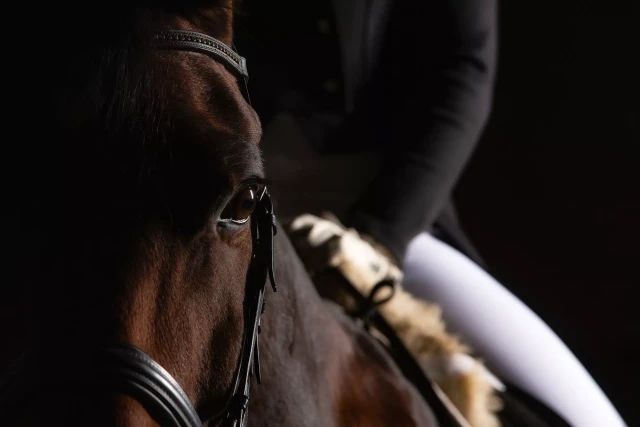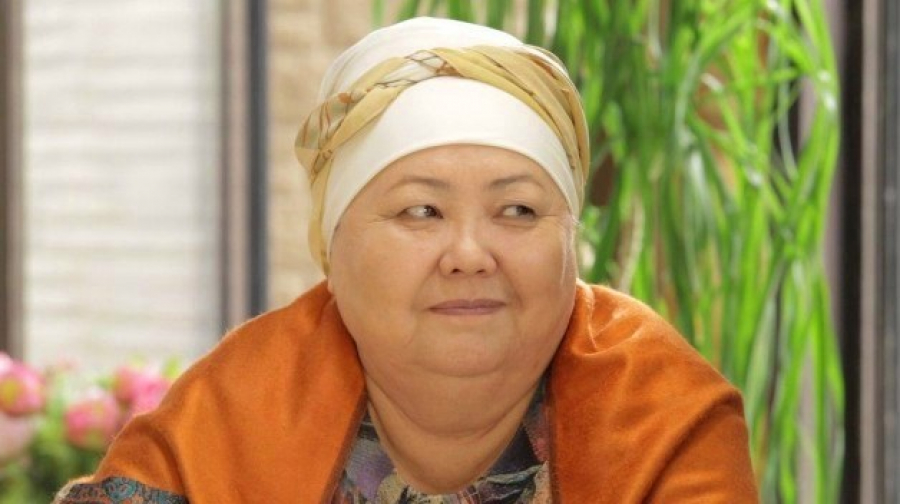
Over 100 items representing the nomadic culture of the 18th and 19th centuries, including unique felt products, painted carpets, inlaid cradles, and ancient jewelry, are presented at the exhibition entitled ‘Tekti Onerdin Shenberi’ (Circle of the Noble Art) unveiled at the country's National Museum. The author is a well-known collector, artist, and restorer Serzhan Bashirov. He has been studying, searching for, and restoring the rarities of the Kazakh people for 30 years. Bashirov has divided his collection into chronological periods and eras. The artist has restored the most ancient items. The master notes that materials such as wood, metal, bone, and leather were used in his work. Each exhibit is a true ethnographic atlas that preserves the history and traditions of the nomads of the Great Steppe.
“My graduate students and I have been planning to hold a joint exhibition for several years. Now we have arranged this exhibition with six of my students from Almaty and Astana. I like our history and our roots. Therefore, I am also trying to instill a love for folk style, especially contemporary folk, or as you call it, ethnic avant-garde, in the people I teach,” said Serzhan Bashirov, member of the Kazakh Union of Artists, jewelry designer and restoration artist.
“Serzhan Bashirov works in the ethno-avant-garde style; he is one of the founders of this art movement. Tengrism, the Hun style, the Middle Ages, the Kazakh and other styles are reflected in his works. Bashirov is one of those who revive the culture in the style of Tengrism, as most of his paintings reflect signs of the Tengrian culture. They include spirals, crosses, infinity symbols and many others,” noted Zhazira Zhakibayeva, spokesperson for the National Museum of Kazakhstan.









